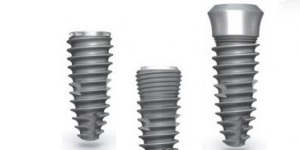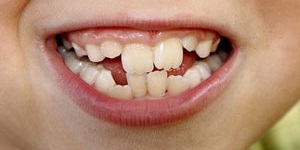
نیاز به ایمپلنت های دندانی
2016-01-05
Are dental implants safe
2016-01-06Dental implants are often the best treatment for missing teeth. When a damaged or decayed tooth is removed, both the visible part of the tooth, called the crown, and the root are lost
A dental implant is placed in the jawbone so that it can fuse with your natural bone and become a strong and sturdy foundation for replacement teeth. Implants can be used to replace an individual tooth or for an implant-supported bridge or denture containing multiple teeth
Dental implants are the closest you can get to healthy, natural teeth. They will allow you to confidently eat, smile, laugh, talk, play and enjoy all of your regular activities of everyday life without thinking about your teeth
Who needs dental implants
Dental implant patients are all ages, and implants may be the right choice for anyone missing one, multiple, or even all of their teeth due to injury, defects, disease or decay
They can even be an option for adolescents after puberty when the jaw stops growing, typically around 16 for girls and 18 for boys
How do dental implants work
Teeth restored with dental implants look, feel and function just like natural teeth. You brush, floss and visit your dentist for regular check-ups and cleanings, same as you would to care for a natural tooth
After meeting with a dental implant dentist to develop your treatment plan, the placement of a dental implant usually involves several steps
The dental implant, usually a cylindrical and/or tapered post made of titanium, is placed surgically into the jawbone
As you heal, your implant will osseointegrate, or fuse with, your natural jawbone, with the two growing together to form a strong and long-lasting foundation for your replacement teeth. This healing process can take weeks to months while you proceed with your everyday life in between appointments
Once the implant bonds with the jawbone, a small connector – called an abutment – is placed on top of the dental implant to connect the implant to the replacement tooth or teeth
An individual tooth, an implant-supported bridge or dentures containing multiple teeth are then attached to the abutment
reference
related content






